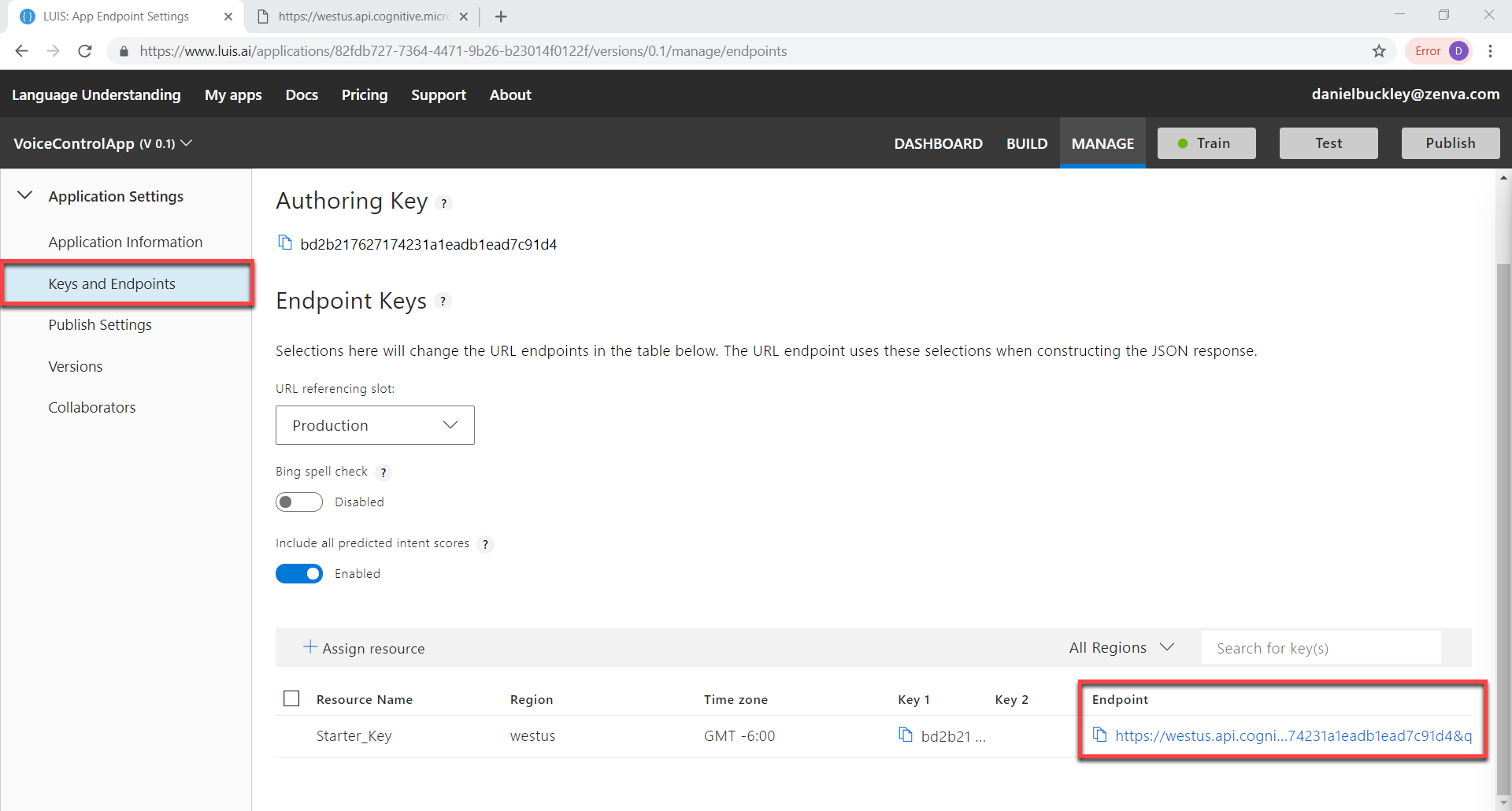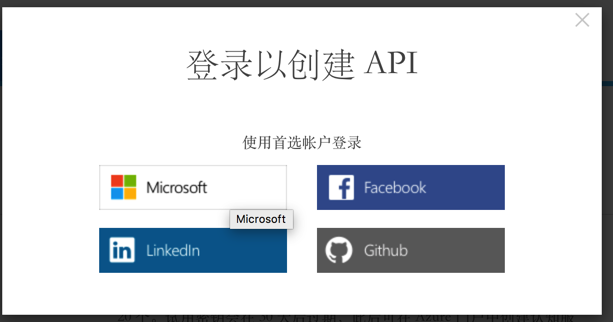
Add the Authorization and Content-Type header.

Go back into Postman as shown previously in Figure 2, and make the following configurations, also shown in Figure 5: Configure Postman for calling the Azure Rest API Select the Authorization: Bearer token and copy/paste it into notepad, don’t share this with anyone and store it only in a secure location. I knew I needed to call so this is what I looked for in the Fiddler traces, and I found many, as seen in Figure 4.įigure 4, get the Bearer Authentication Token for calling an Azure REST API
Azure speech to text api and postman how to#
Sometimes you just have to know what you are looking for, I found lots of information on how to do this on other post, but like always I like to document and share my experiences. For example, I wanted to get some information about one of my Web Apps. Once HTTPS decryption was enabled, I accessed the Azure portal here and navigated to the location I wanted to call the REST API for. After enabling the application to decrypt HTTPS traffic, as shown in Figure 3 I was able to capture that.įigure 3, enable HTTPS decryption in Fiddler There are numerous ways to get this but I chose to use Fiddler. Next I clicked on Postman to open the console which resulted in something like the following, Figure 2.įigure 2, open Postman for sending REST API requests to Azure Get your Bearer Token for authentication Once installed I saw the following, Figure 1 in the browser.įigure 1, Postman for calling Azure REST APIs In this instance I used Chrome and installed the app.

Speech_key, service_region = "YourSubscriptionKey", "YourServiceRegion" # Replace with your own subscription key and service region (e.g., "chinaeast2").


# Creates an instance of a speech config with specified subscription key and service region. 如果要在REST API中使用 Authorization Token,则需要先获得Token:


 0 kommentar(er)
0 kommentar(er)
